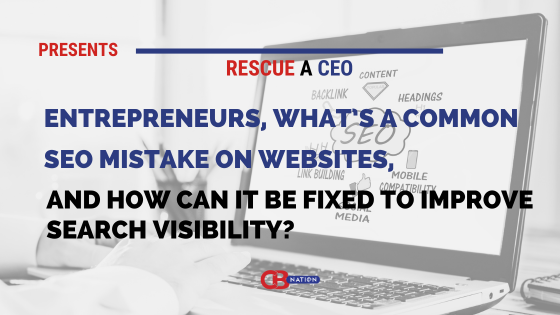Public Relations (PR) may seem obsolete in the digital marketing era, but the fact remains that this type of strategy still plays a major role in brand promotion. After all, studies prove that 70% of consumers prefer getting to know a company via relevant niche articles rather than ads. The benefits of PR are substantial:
- Raise awareness short and long-term.
- Builds professional authority.
- Attract new customers and investors.
- The strategy is cost-efficient.
- Improve search engine ranking.
- Catch rising stars and young talents.
In such circumstances, entrepreneurs are not facing the question of whether to use PR or not, but rather how to do it in the most productive manner. Our post will show you seven practical tips on how to create a perfect PR campaign for your brand. Let’s take a look!
1. Set Tangible Objectives
Before you make any PR moves, you must determine the goals of your campaign. The question is simple: What do you want to achieve? There could be many different options such as to boost sales, promote a new product, raise brand awareness, increase event attendance, and so on.
However, don’t forget to quantify your ambitions. Jake Gardner, a PR specialist Assignment Holic and several other writing services, says you need to determine exactly what you want: “It’s the only way to measure the results and determine whether your campaign turns out to be successful or not. Be an optimist, but don’t set the bar way too high or you’ll end up disappointed in each case.”
2. Analyze the Target Audience
Now that you know campaign objectives, you need to understand the target audience and tailor activities so as to match the requirements of your average customer. The more you learn about the average client, the higher the odds of launching a great campaign. Here’s what you need to analyze:
- Age and gender: High school girls don’t think and behave like middle-aged male accountants.
- Location: Territorial and cultural preferences often determine audience behavior.
- Education: Academic levels are important because you need to adapt promo materials accordingly.
- Average income: Are you addressing well-off consumers or low-income individuals?
- Lifestyle: It’s also necessary to understand how they behave, what they believe in, etc.
3. Choose the Right Channels
A special segment of your PR strategy should be dedicated to the channels of communication. Launching a PR campaign, you need to know which mediums of communication have the highest potential to deliver your message to the target audience.
There are dozens of precious solutions, but you should start by considering the most relevant websites and printed magazines in your niche. Of course, it can’t hurt to address other media outlets, but the key thing is to concentrate on channels that are most likely to reach your audience.
4. Create a Calendar of Activities
Another detail worth considering is how to prepare and schedule all of the PR activities. It’s a fundamental step because you don’t want to rush into things or forget to complete a specific task. All it takes is to be thorough and think through it clearly. For instance, you can make a schedule with some of the following activities:
- Send the first pitch
- Conduct an interview
- Send a second pitch as a reminder
- Send a press release
- Create a post-event follow-up
5. Tell a Story
Writing a pitch sounds like a routine job for most PR officers, but you need to be smarter than that. Journalists receive dozens of pitches every day, which is why 95% of messages are neglected. In order to avoid this problem, you need to tell a story and explain what makes your brand so special and unique.
This is your only opportunity to stand out from the crowd of competitors and earn your place in the media sun. Therefore, you must write a compelling pitch that sheds new light on your brand without sounding too pushy or salesy.
If you need help writing a good story for your pitch, we recommend you to check out content creation agencies from Edu Birdie review or PapersOwl review. They employ hundreds of experienced PR professionals who can give you great ideas or write the pitch on your behalf.
6. Nurture Your Website
With or without a PR campaign, your website deserves special attention. As soon as customers learn about your brand, they will start looking for it online and the website will be the first place to go. Make sure to keep it fresh and to add campaign-related materials that prove the authority of the brand. Support your story with compelling visuals and don’t forget to add social share buttons – it may inspire visitors to spread the news on their social media accounts and help you raise awareness even further.
7. Measure Results
If you want to improve your campaign, you must measure the results and compare achievements with the targeted objectives. That way, you can remove underperforming elements and add more of the features that prove to be productive. This won’t only give a boost to the current PR campaign but also help you to prepare properly for new ones as well.
Conclusion
PR is a powerful brand promotion mechanism that can help you to generate new leads and grow revenue in the long run. However, you have to design a comprehensive plan of activities in order to make it successful. We showed you seven ways to write a perfect PR campaign for your brand, so make sure to use them and let us know how it worked out for you!
Author Bio:

Peter Hill is one of the editors of term paper writing service and assignment writing services. He is a socially active person, likes traveling and photo/video editing. If you need any online assignment help, please feel free to ask him anything. You can find him on Twitter and Facebook.



















































 |
|